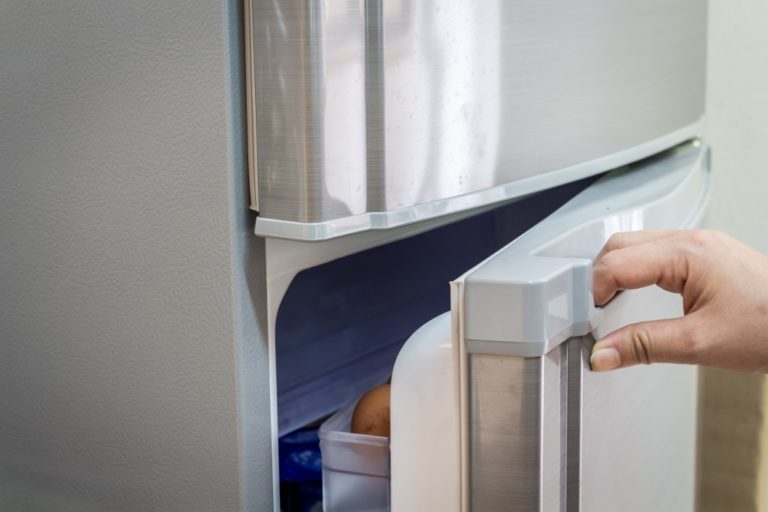It is difficult to stock up on food supplies if one of your kids has a food allergy. If your pantry isn’t organized, the child with the allergy may unknowingly pick up a snack that will trigger a reaction.
Labels and organizers are your best friend. They will separate food supplies from one another and clearly demonstrate which is safe to eat for each member of the household. If your child has tested positive for a private food allergy testing, here are a few tips to organize your pantry.
Use Separate Shelves
To ensure that your children would only get their snacks, use separate shelves for their food. The allergy-friendly food should be placed on one shelf and the forbidden snacks on another. This will prevent confusion and accidental ingestion. For instance, if the child has Celiac Disease, put all the gluten-free foods in a single section of the pantry. Make sure that the snacks are on an accessible shelf. These will be the only containers that the child should reach for.
If possible, keep the food supplies that will trigger an allergic reaction on a shelf that the children can’t reach. Even though some kids know that they shouldn’t reach for some shelves, they might still get confused or naughty (as kids are). Keeping dangerous food supplies beyond their reach gives you the assurance that even misbehaving kids are safe.
Make Child-Friendly Labels
The labels you attach to each container should be child-friendly: easy to see and easy to read. Items that look similar can easily be mixed up, so make sure that each box has a legible sign that says what it is. If you’re transferring the food from boxes and packets to pantry containers, choose the ones that are see-through. This, along with a label, can help kids identify which ones are theirs.
If you think your children would respond better to colors, store your food in color-coded containers. For instance, put all the allergy-free food in blue containers and store snacks containing allergens in red containers. Instruct your child that he or she could only get food from red containers.
A color-coded system also works well in a household whose members have different types of allergies. For example, if one child has a nut allergy and the other has a gluten allergy, designate a color for each. One should only get snacks from orange containers, while the other should only reach for green containers.
Don’t Forget about the Fridge and Freezer

The pantry isn’t the only place kids get food—they always sniff around for something to eat in the fridge, too! The fridge and the freezer are both danger zones for people with allergies. So, whatever system you have in your pantry, extend it to the fridge. Use big, child-friendly signs on the containers. Apply the same color scheme, as well.
For an added layer of identification, keep a list taped to the pantry doors or shelves that itemize the allergies each child has. This will help guests or playmates who are not familiar with the kids’ condition.
An organized pantry is essential in a house with children with allergies. By keeping snacks separate and using a clear labeling scheme, you have the peace of mind that each snack time will pass without medical issues.

